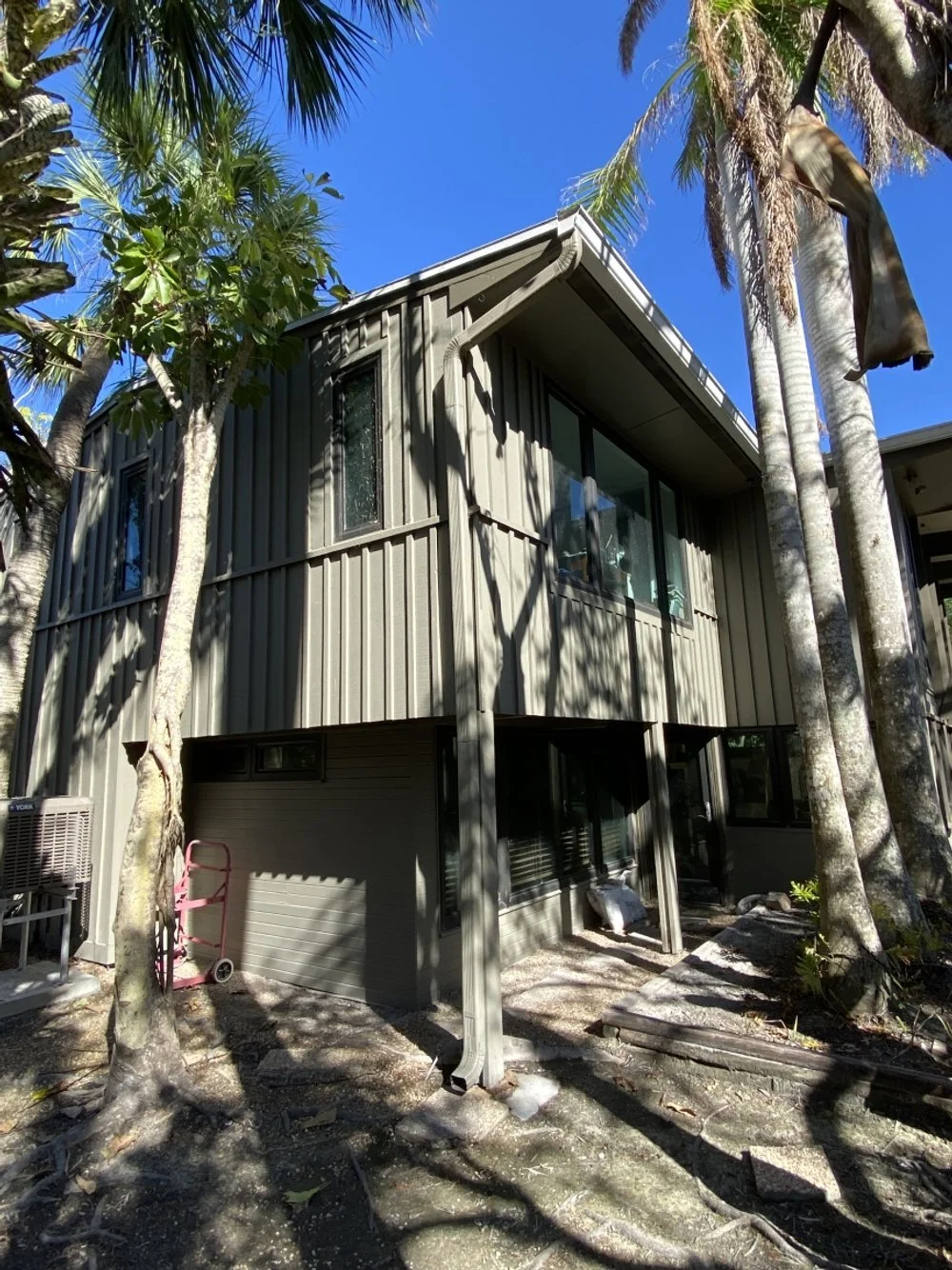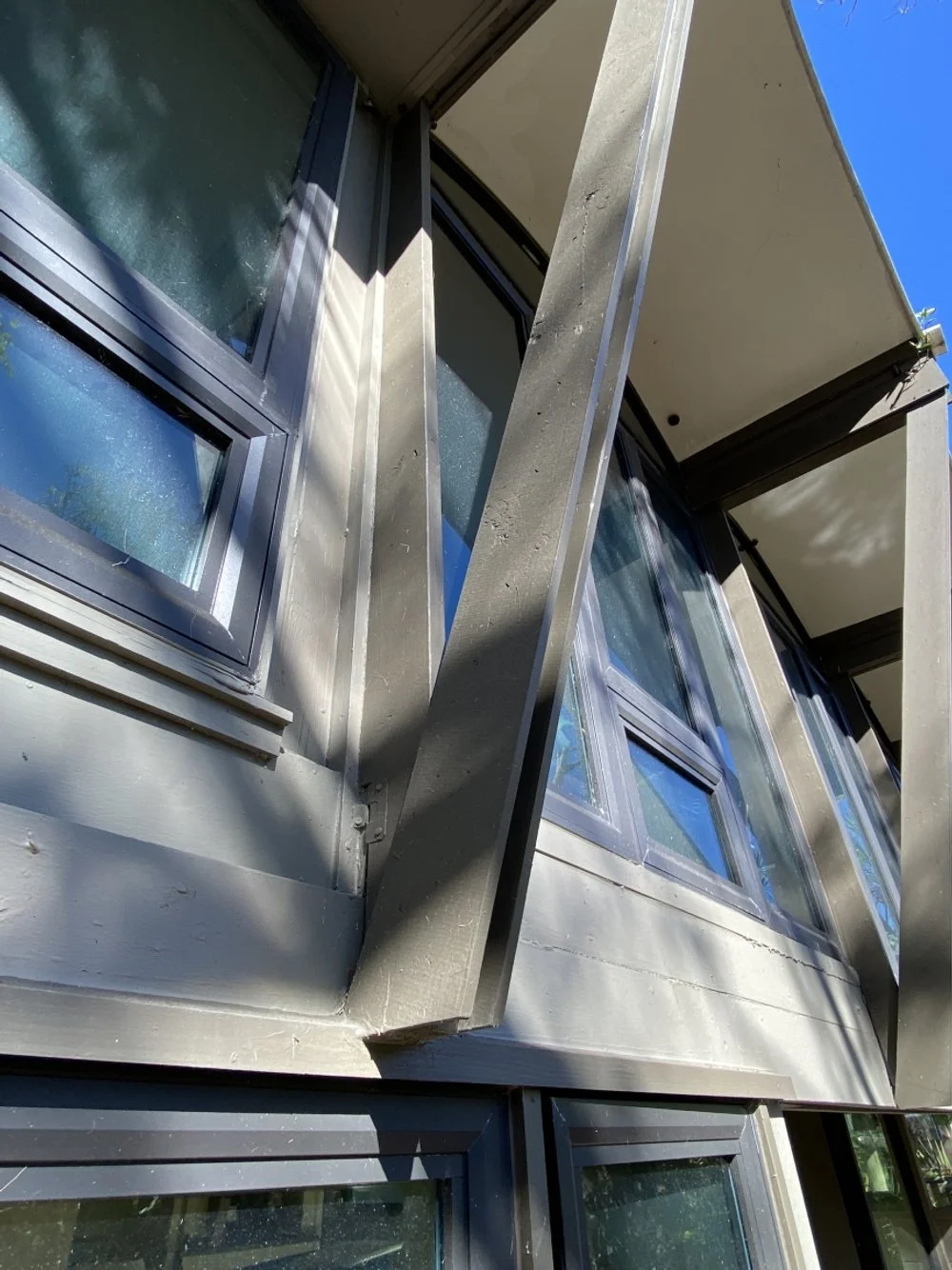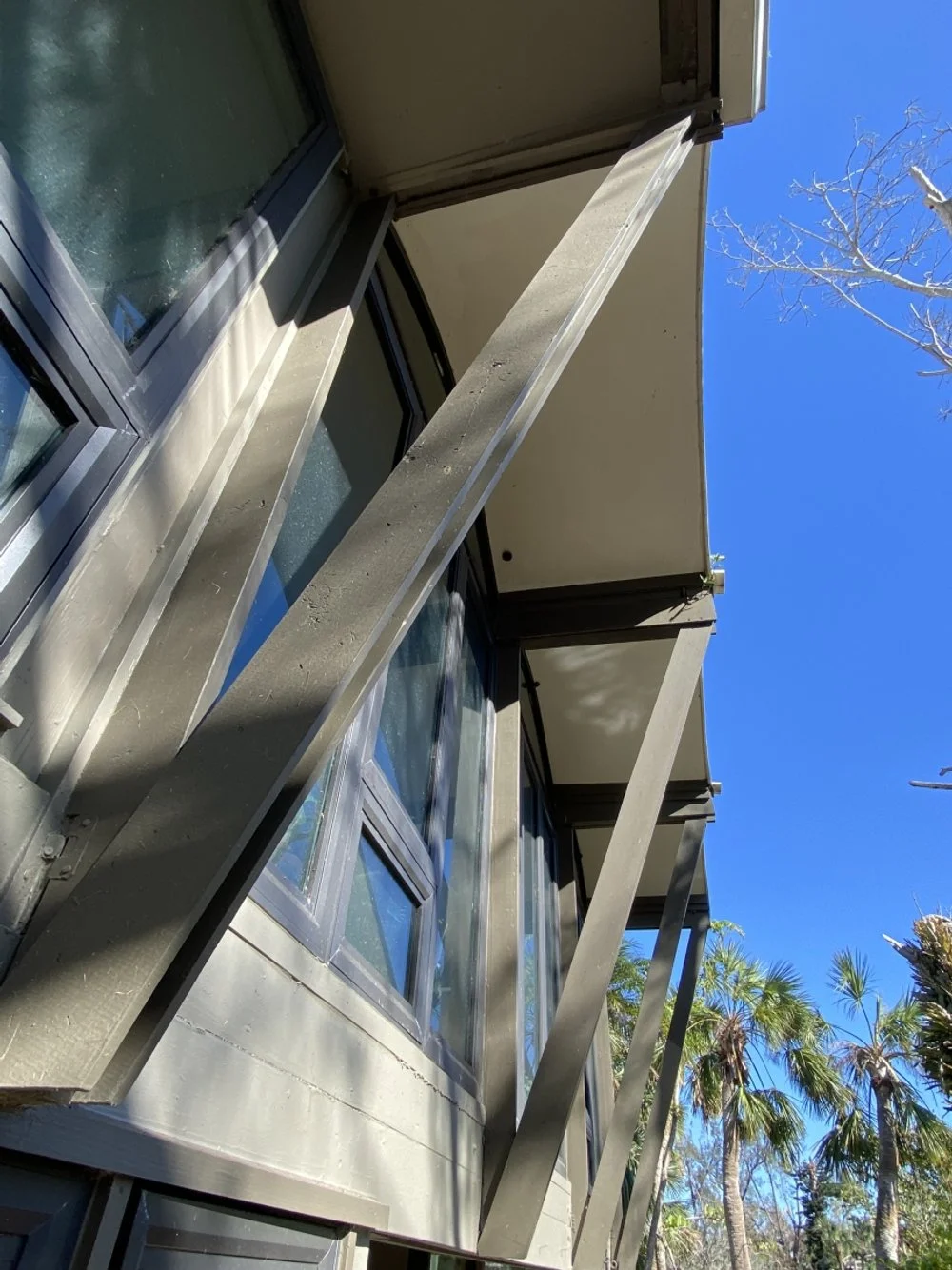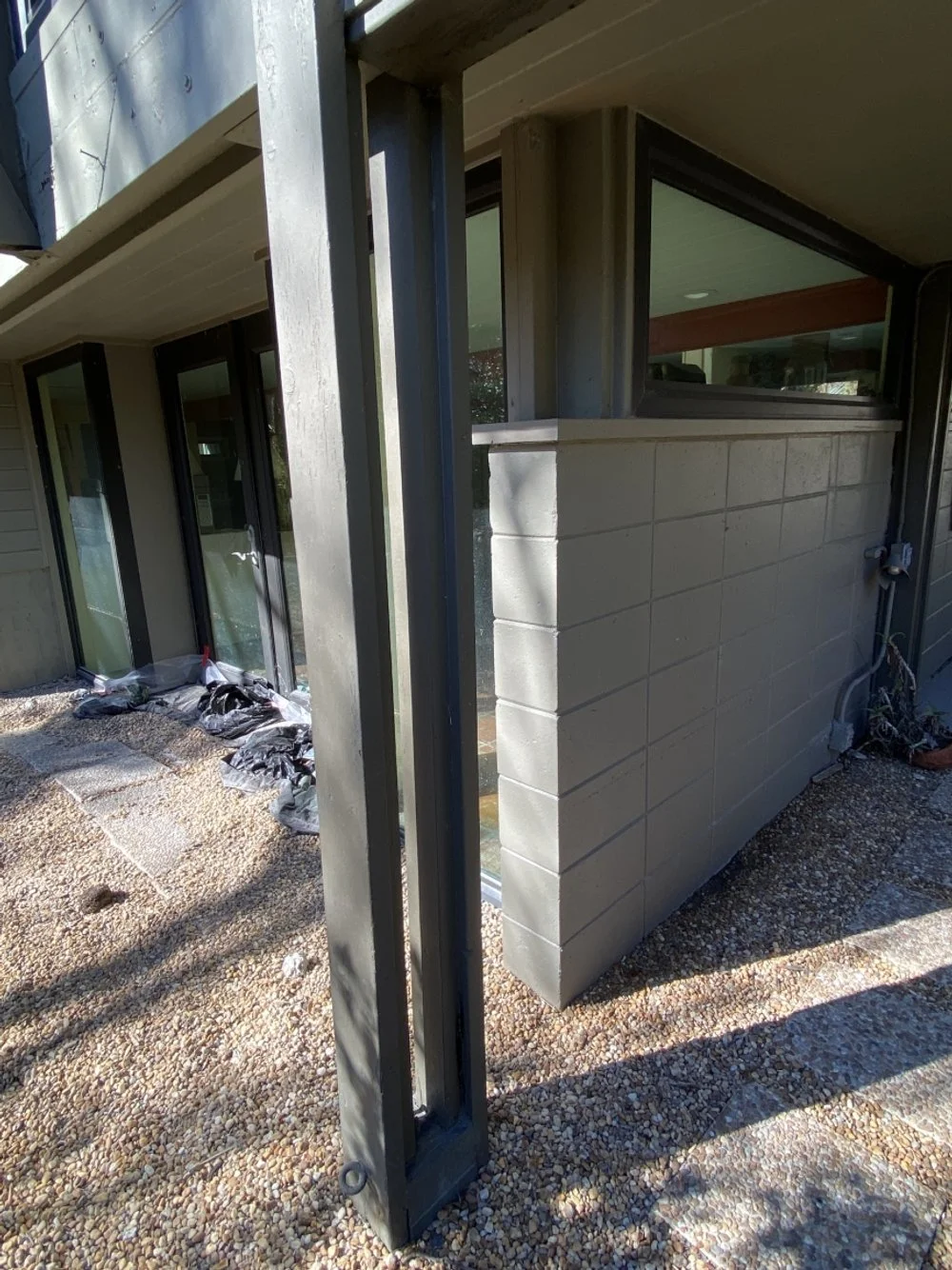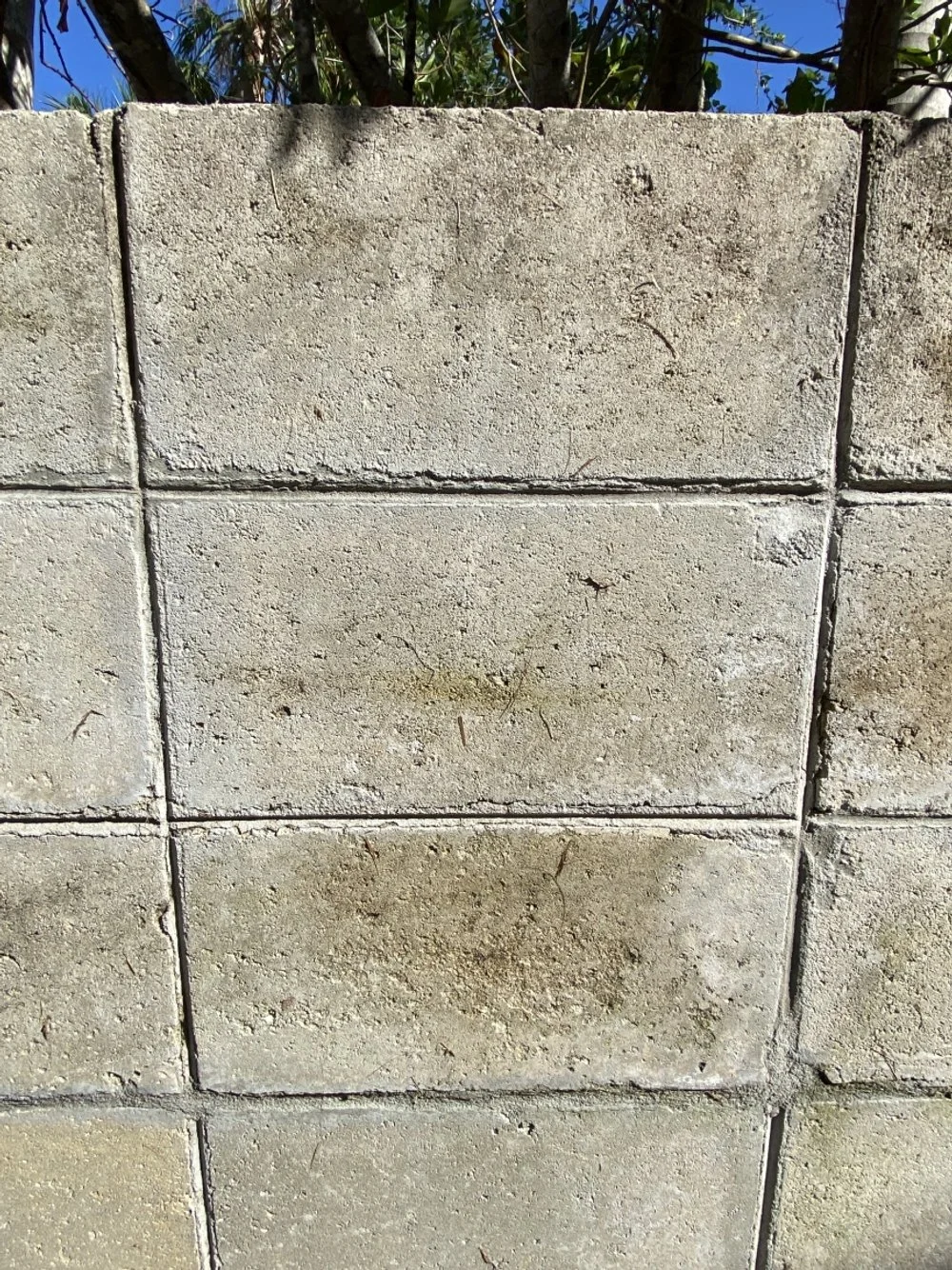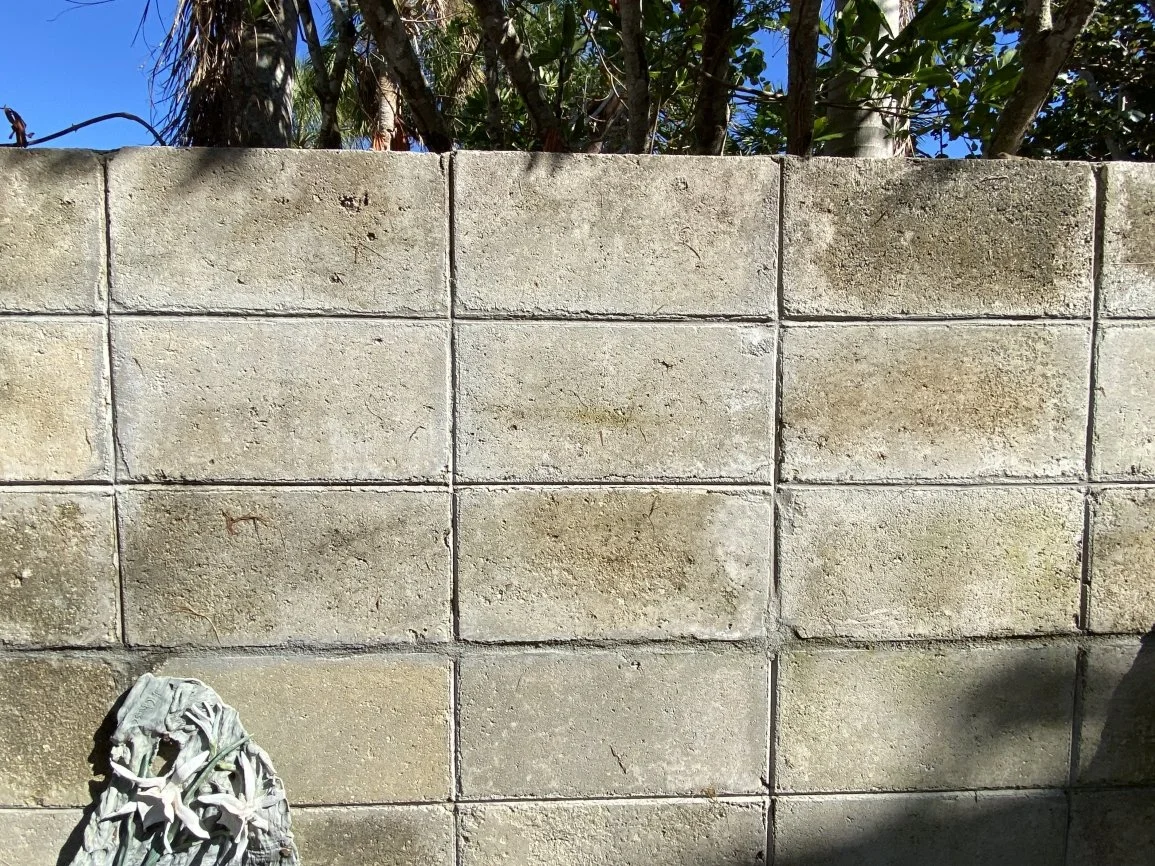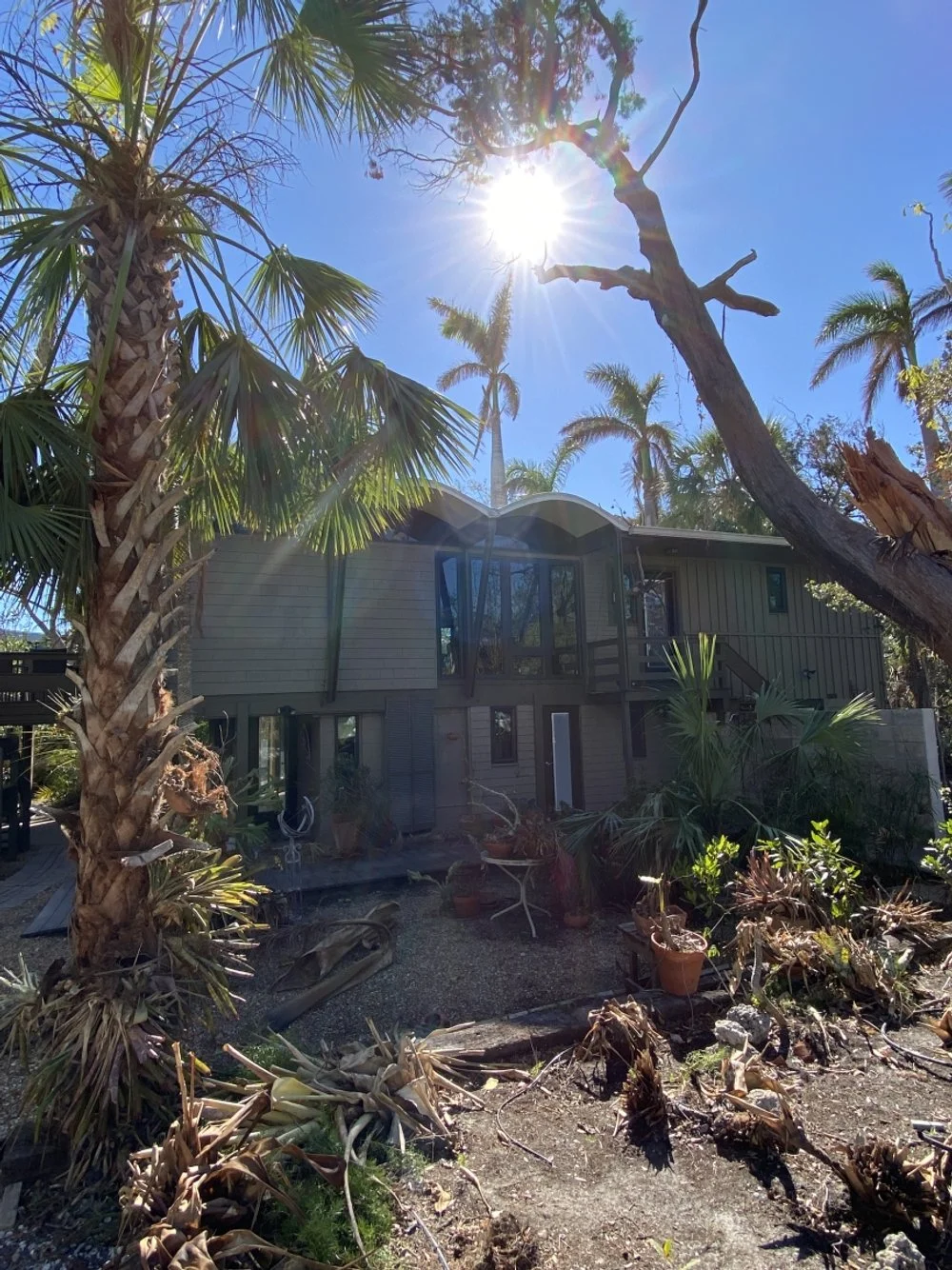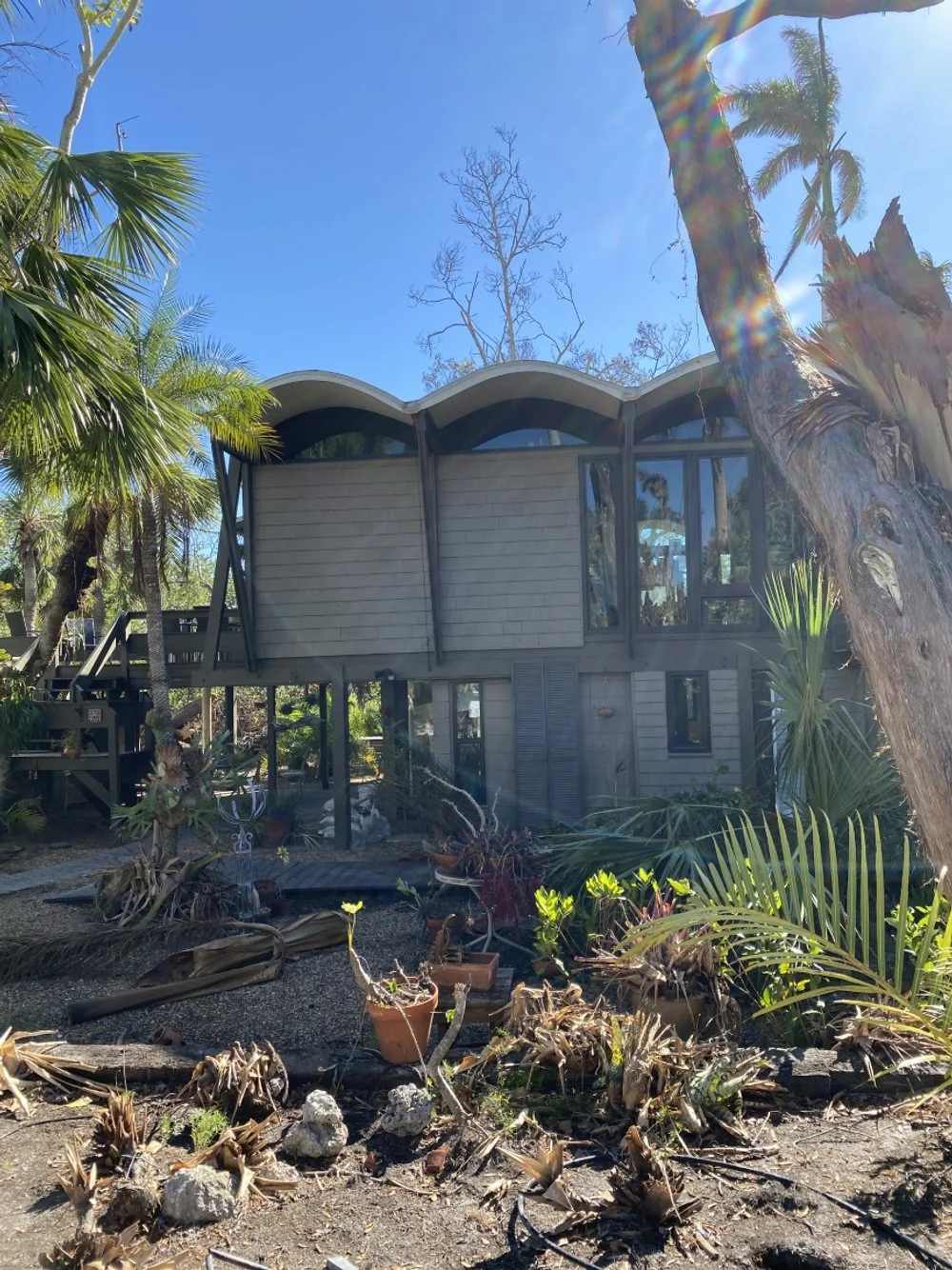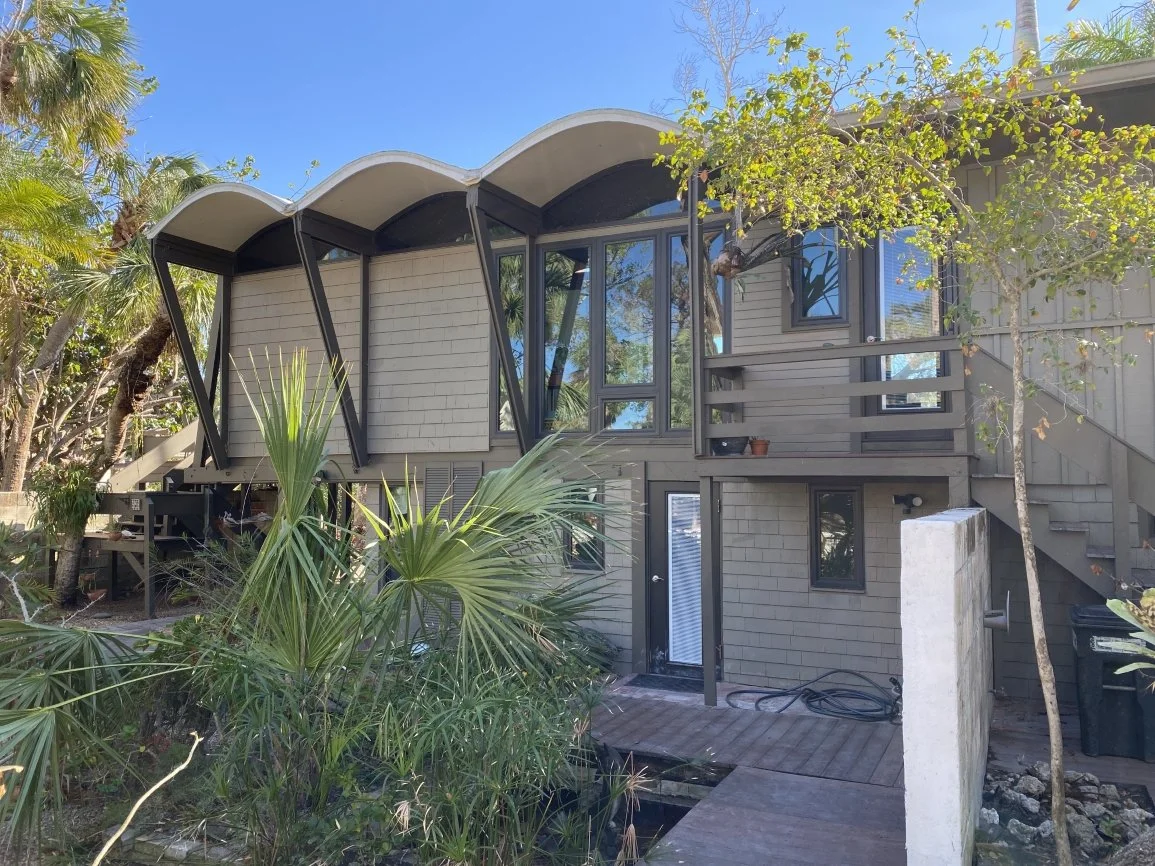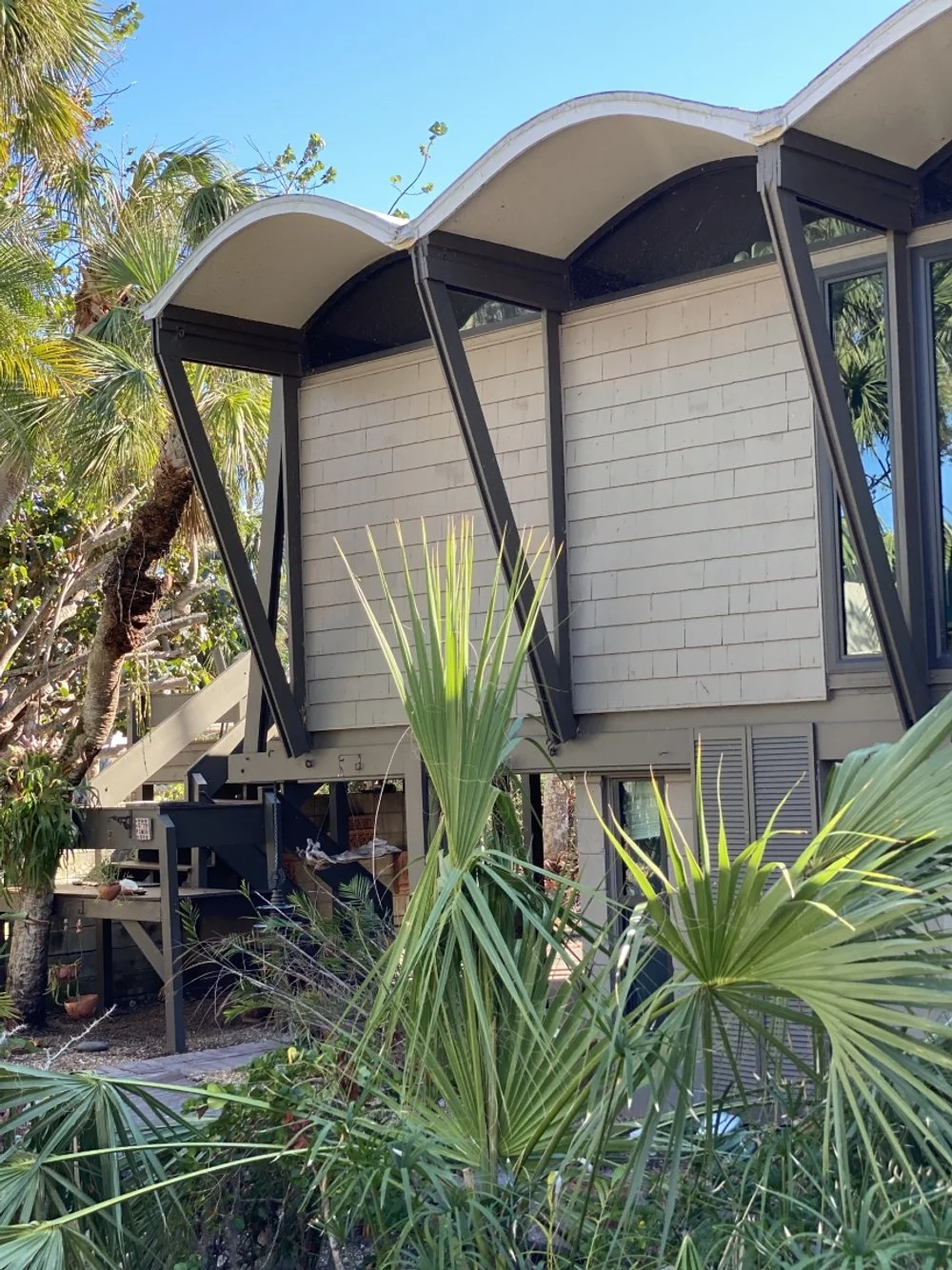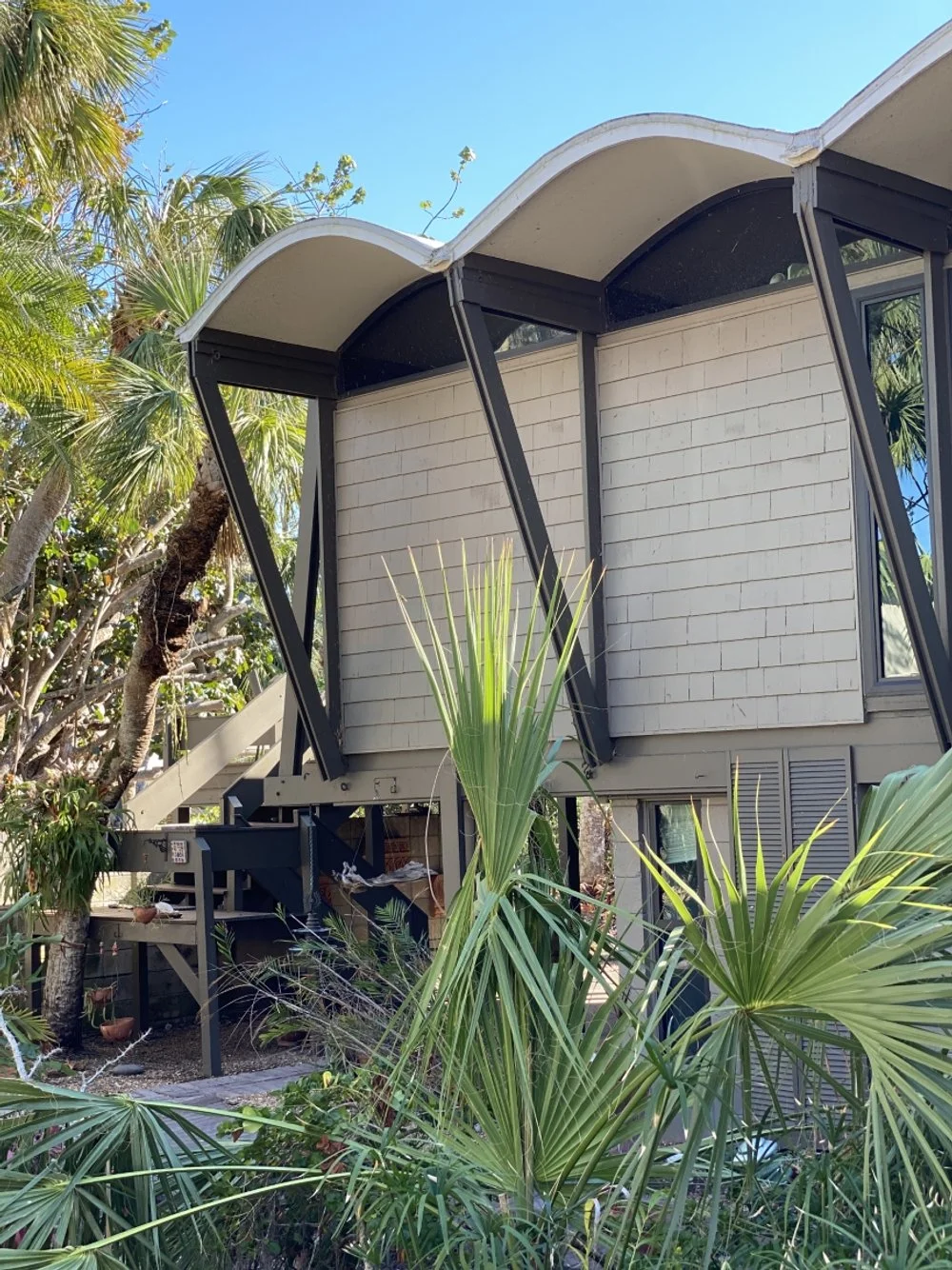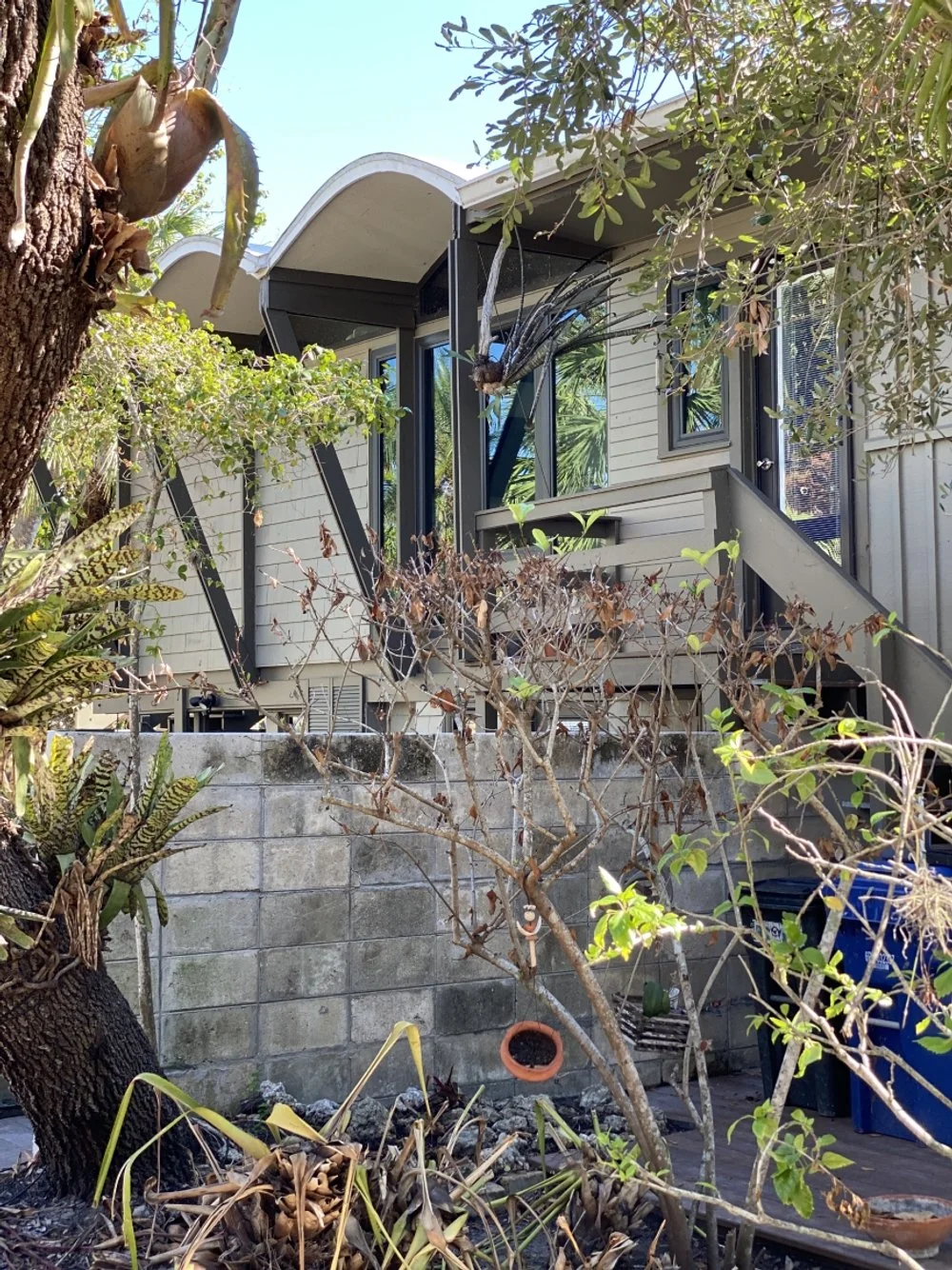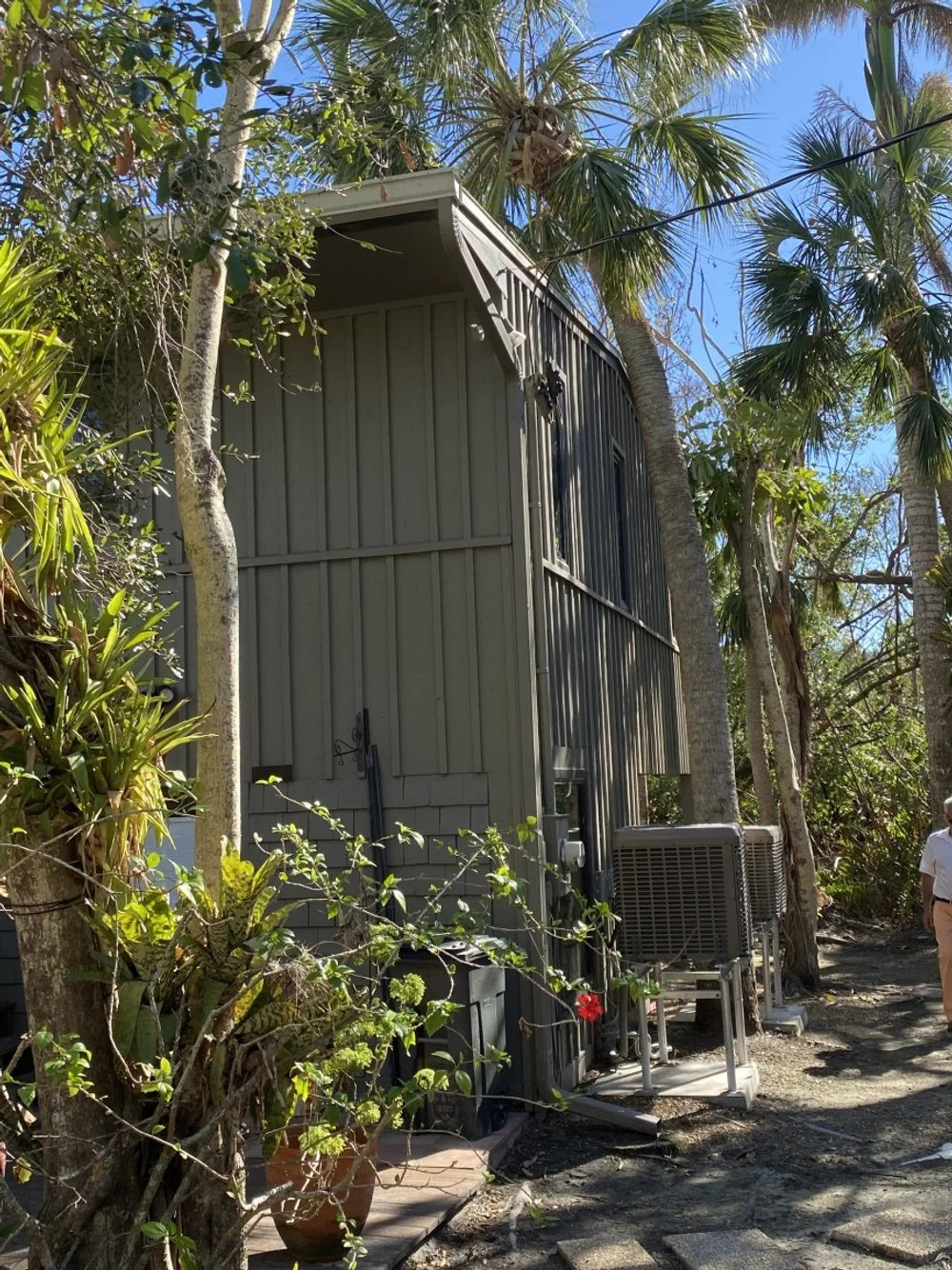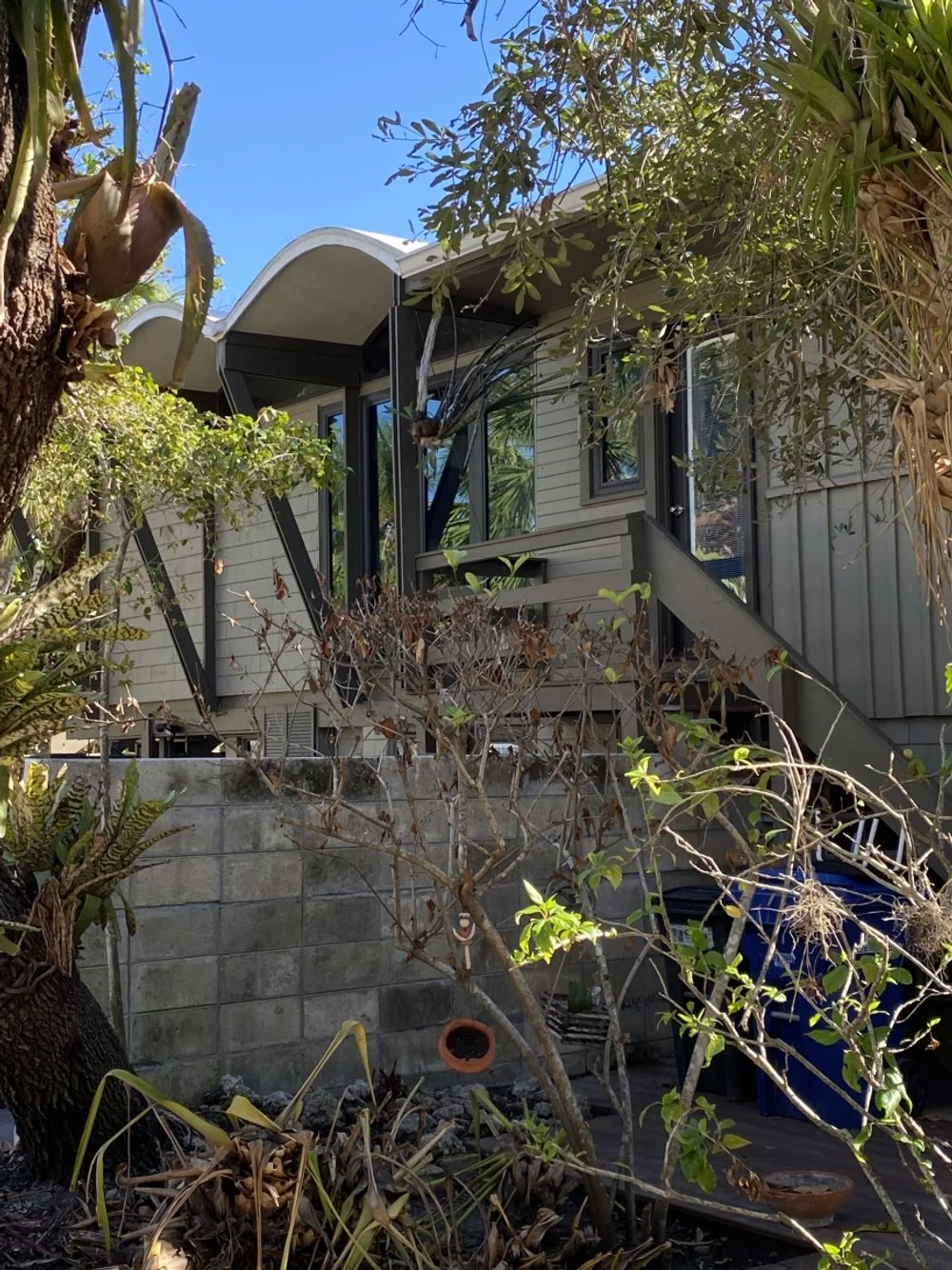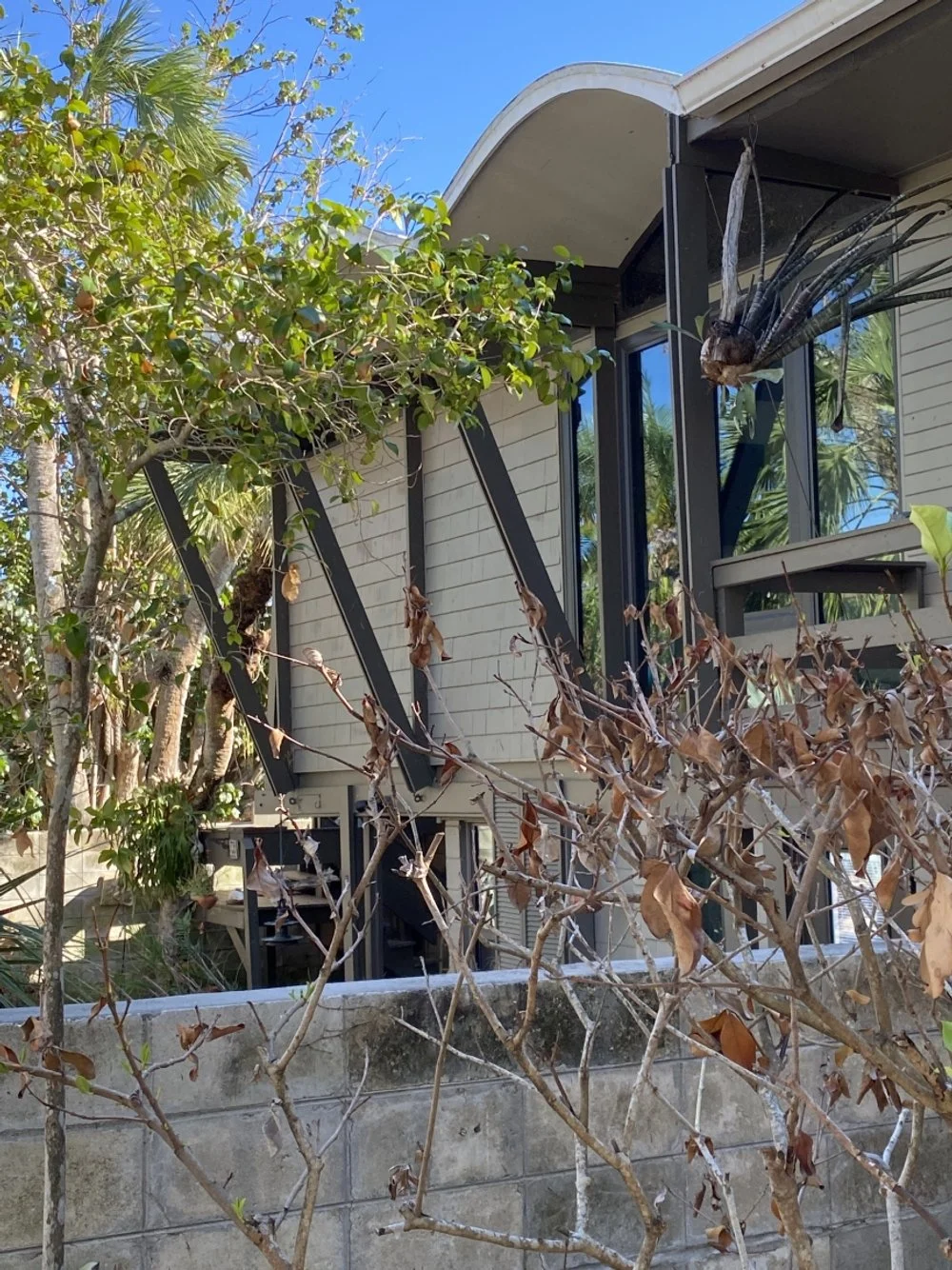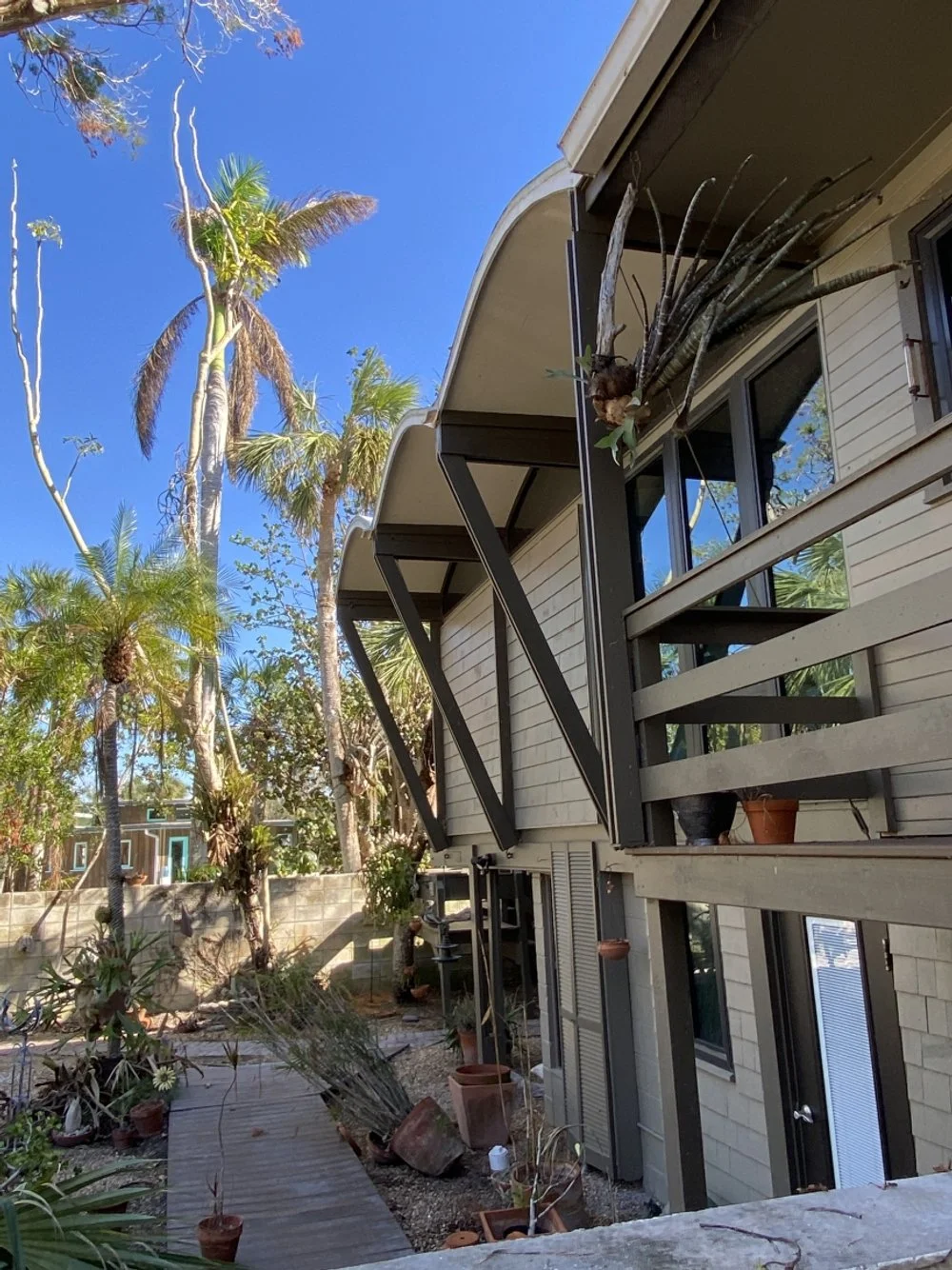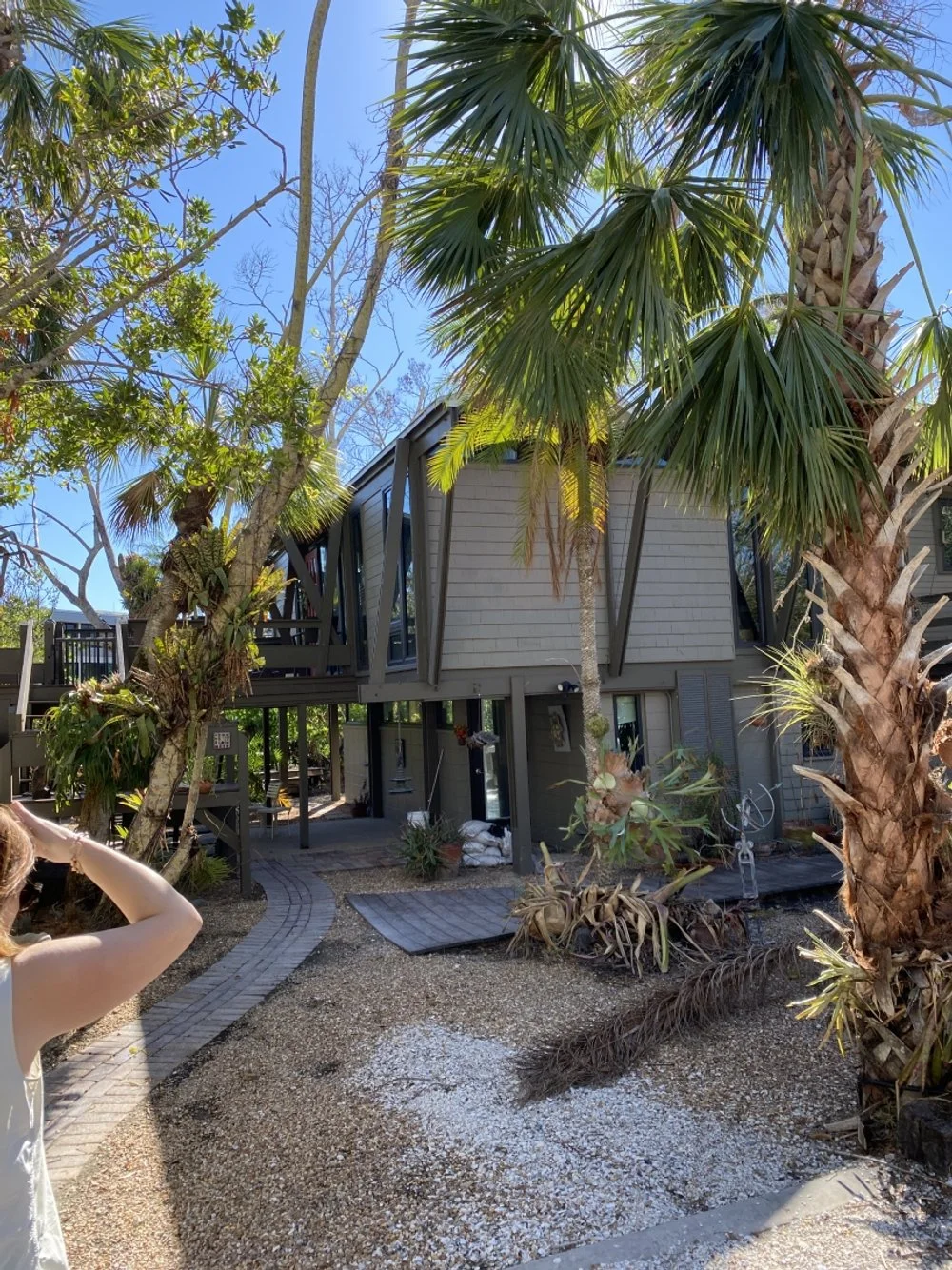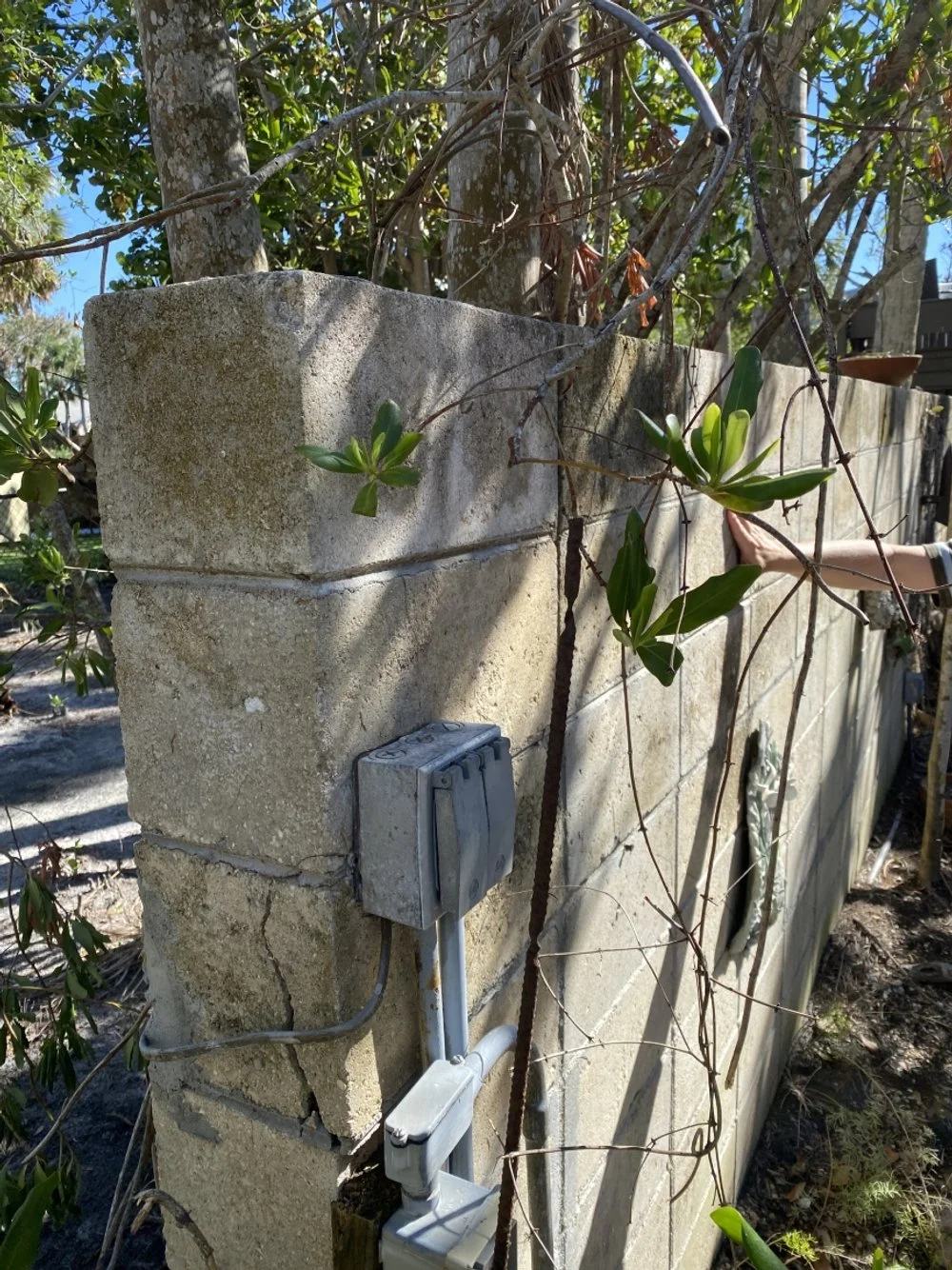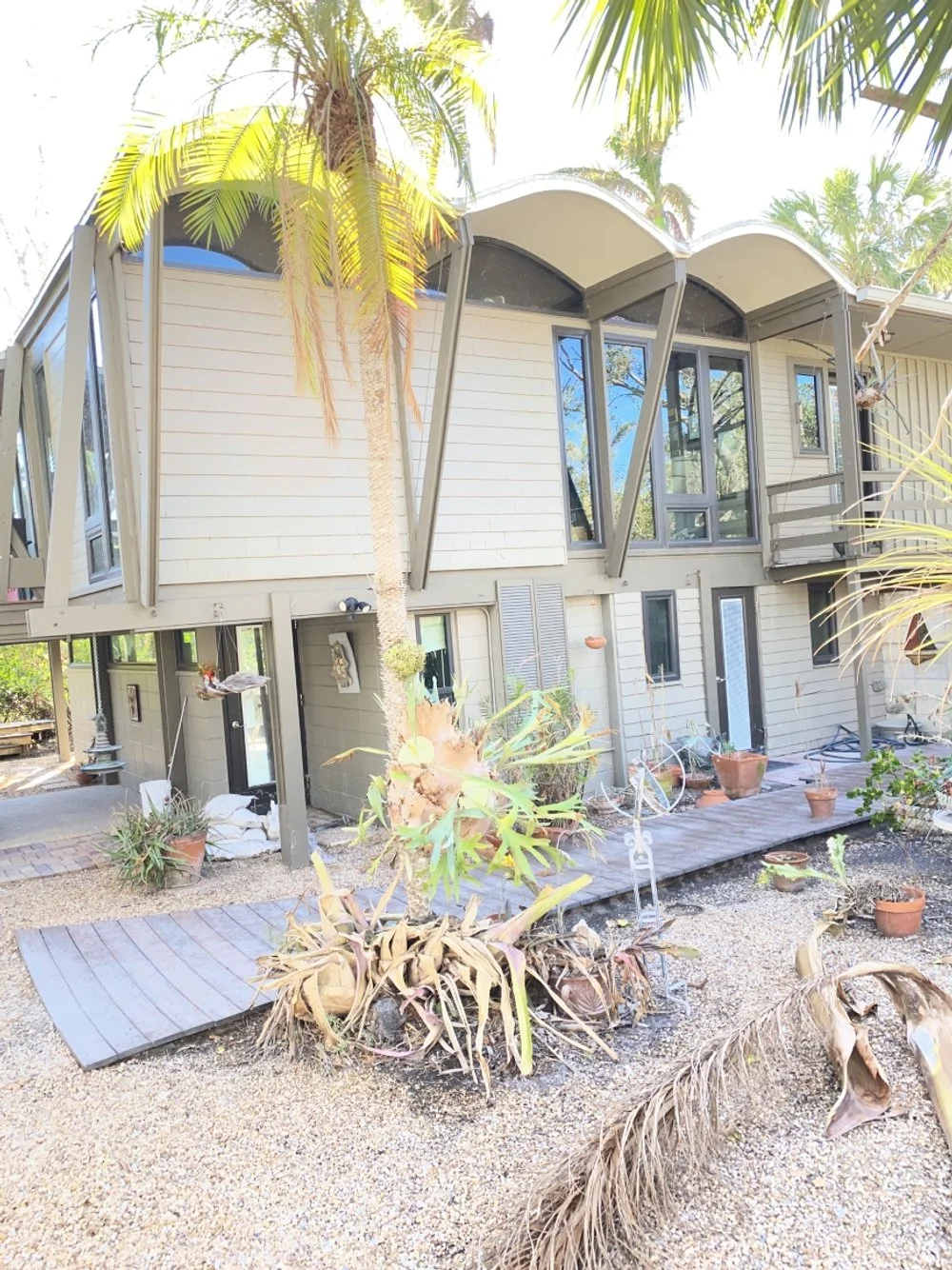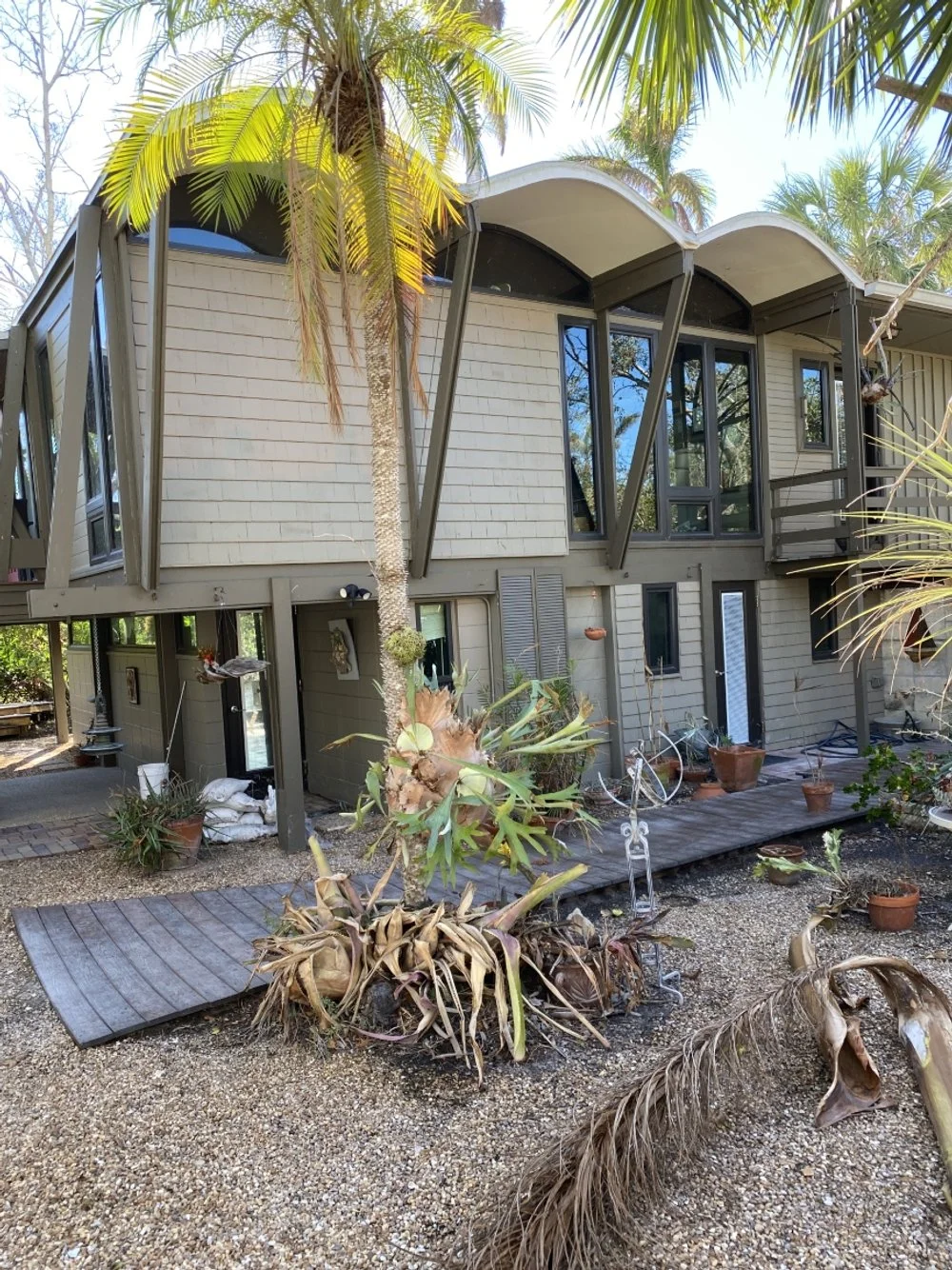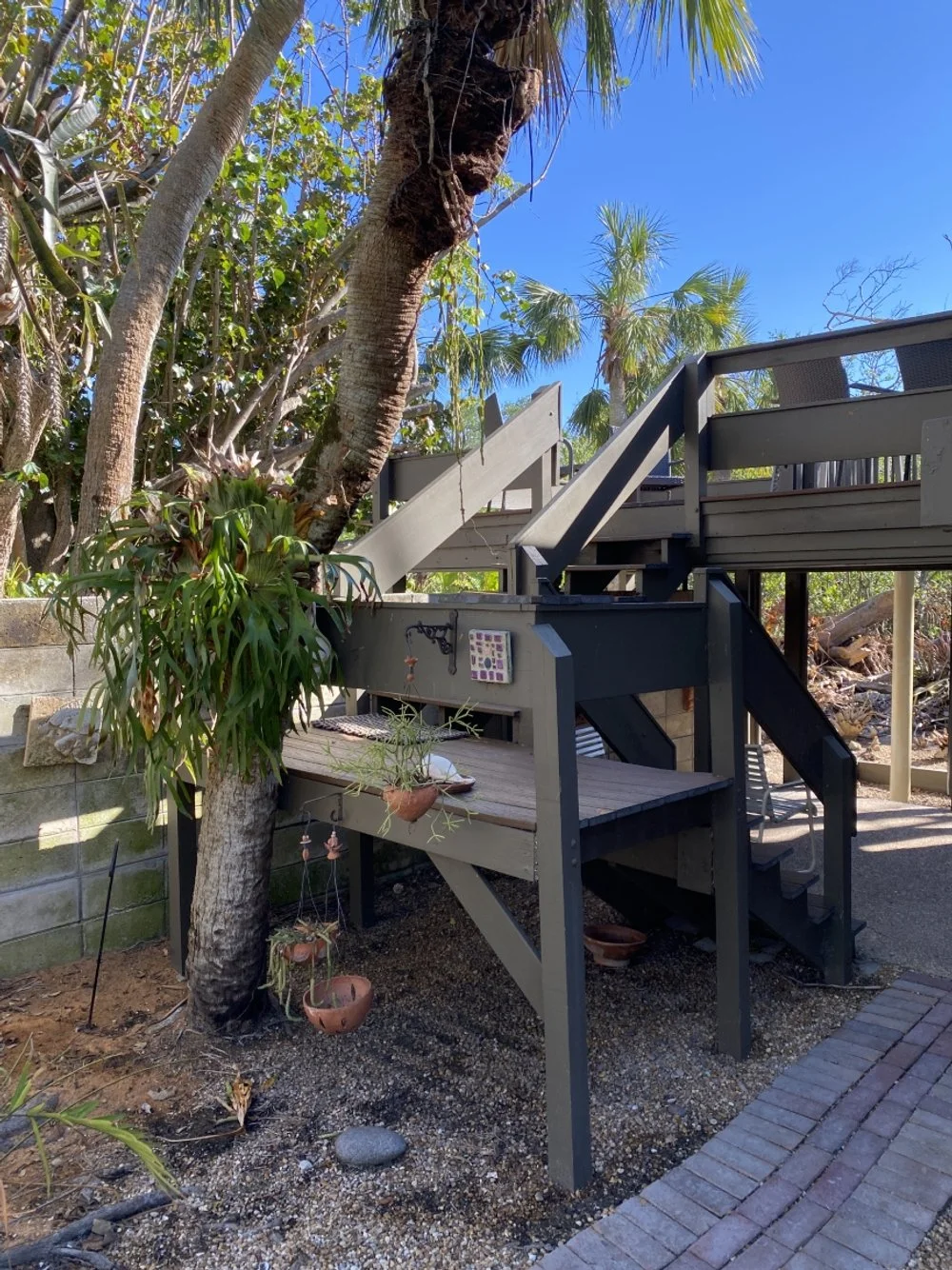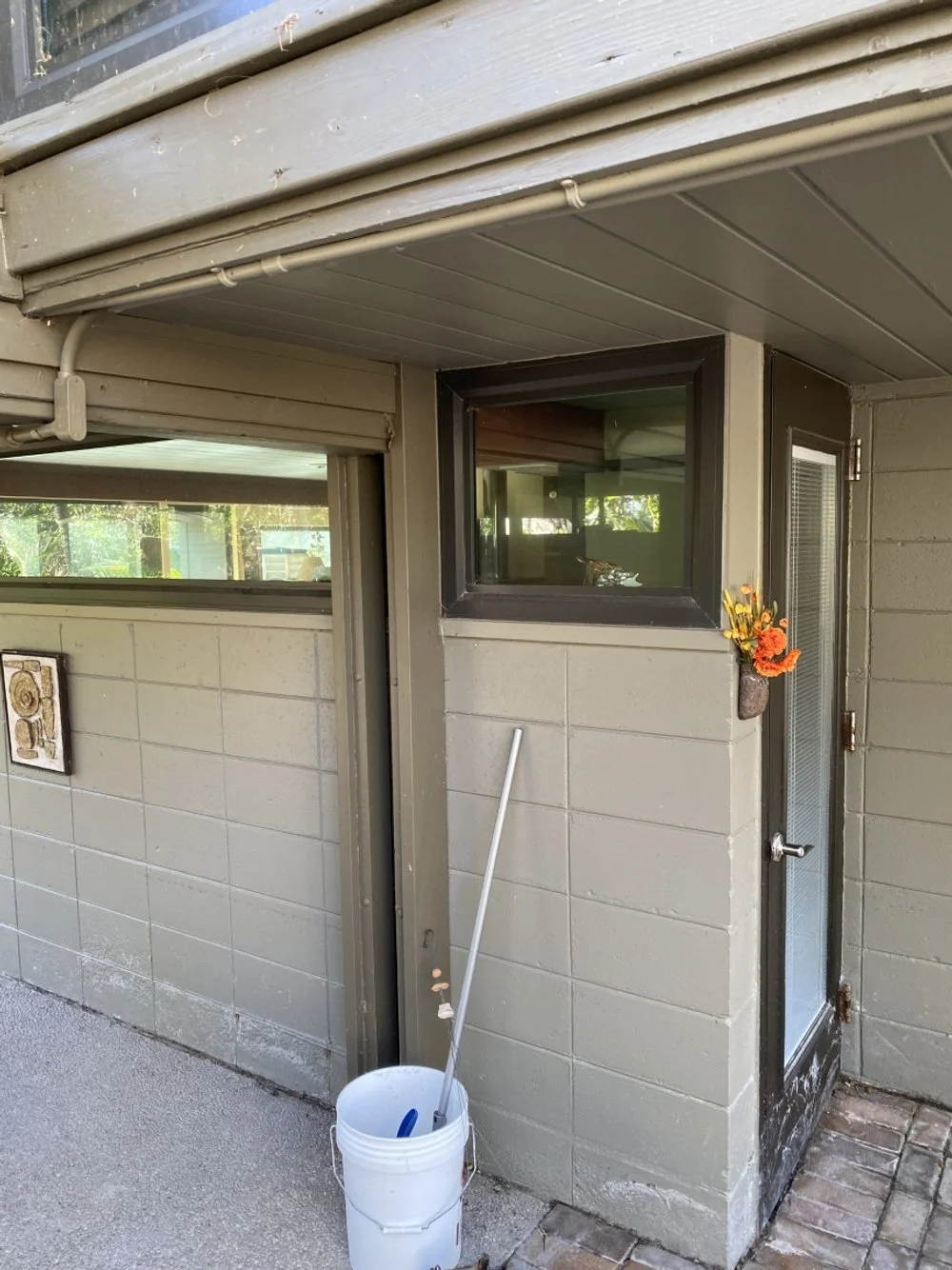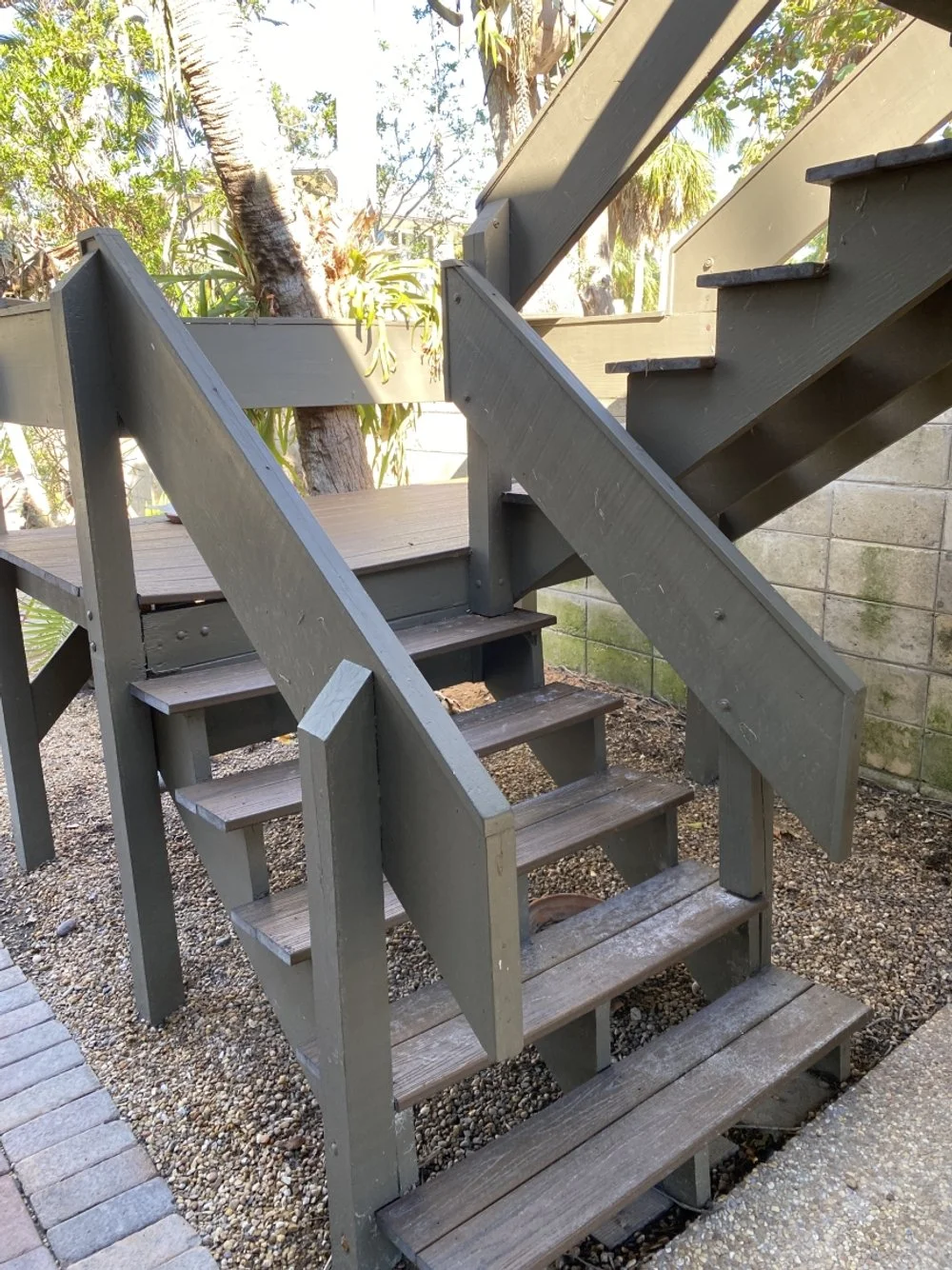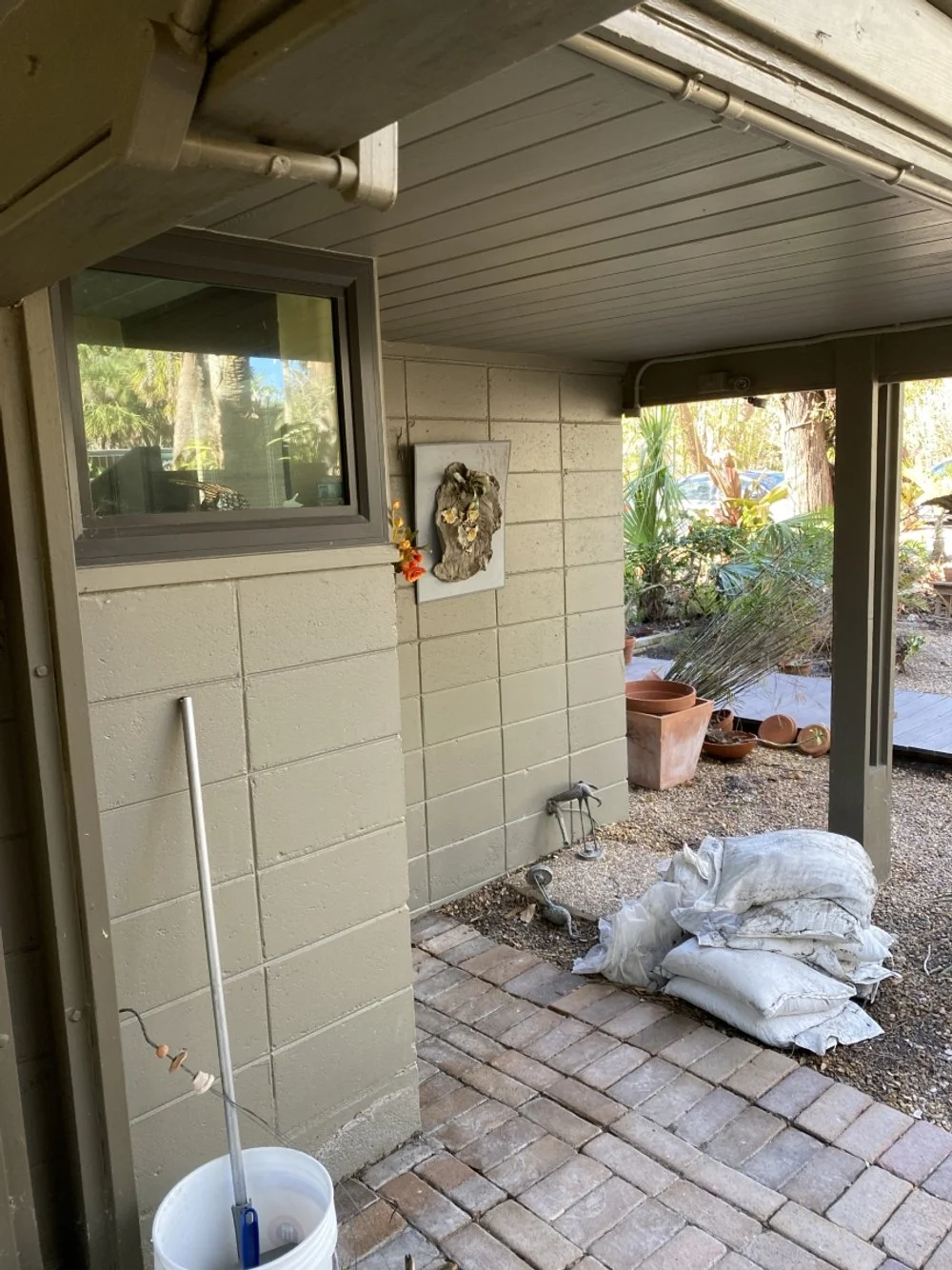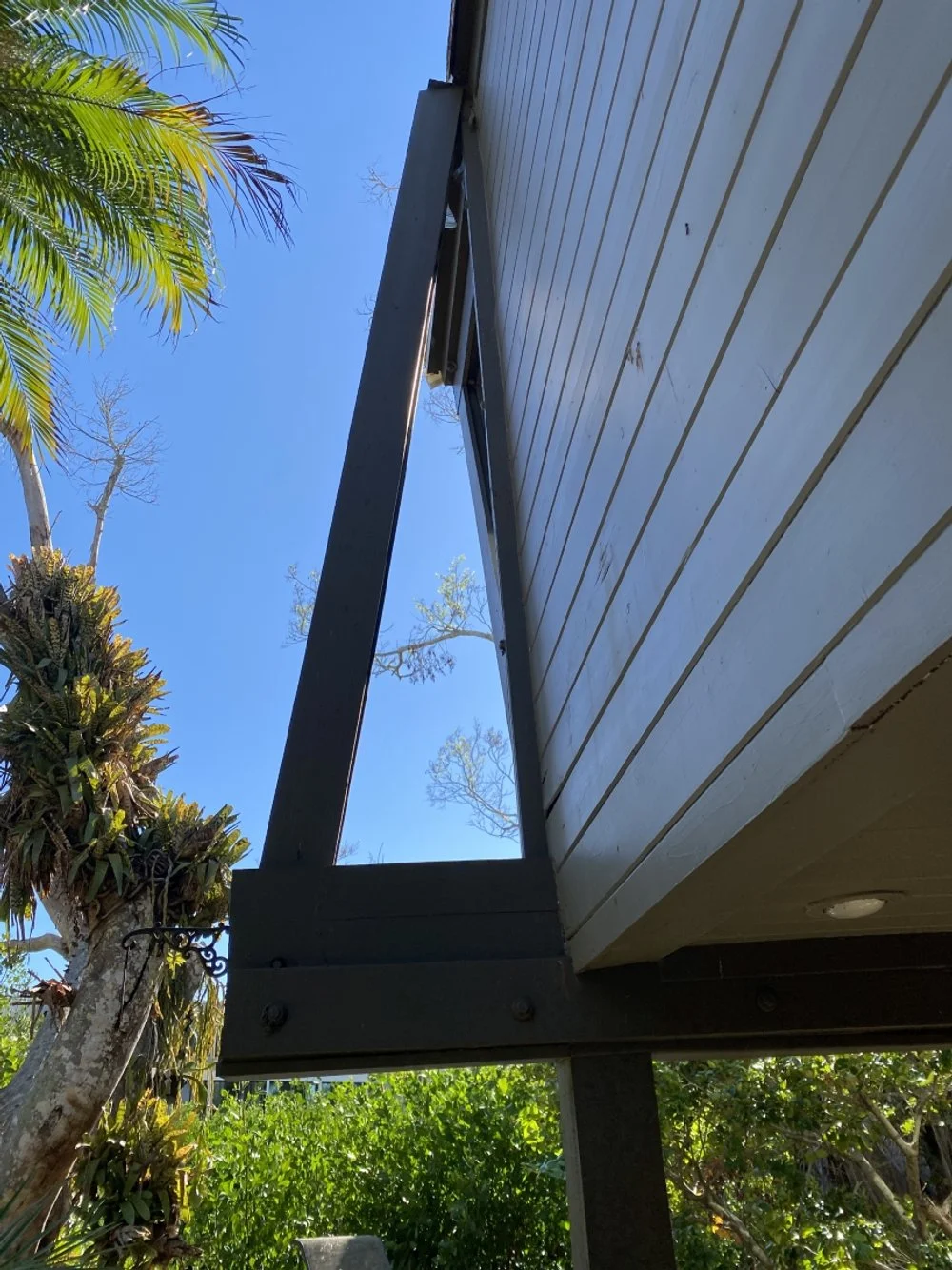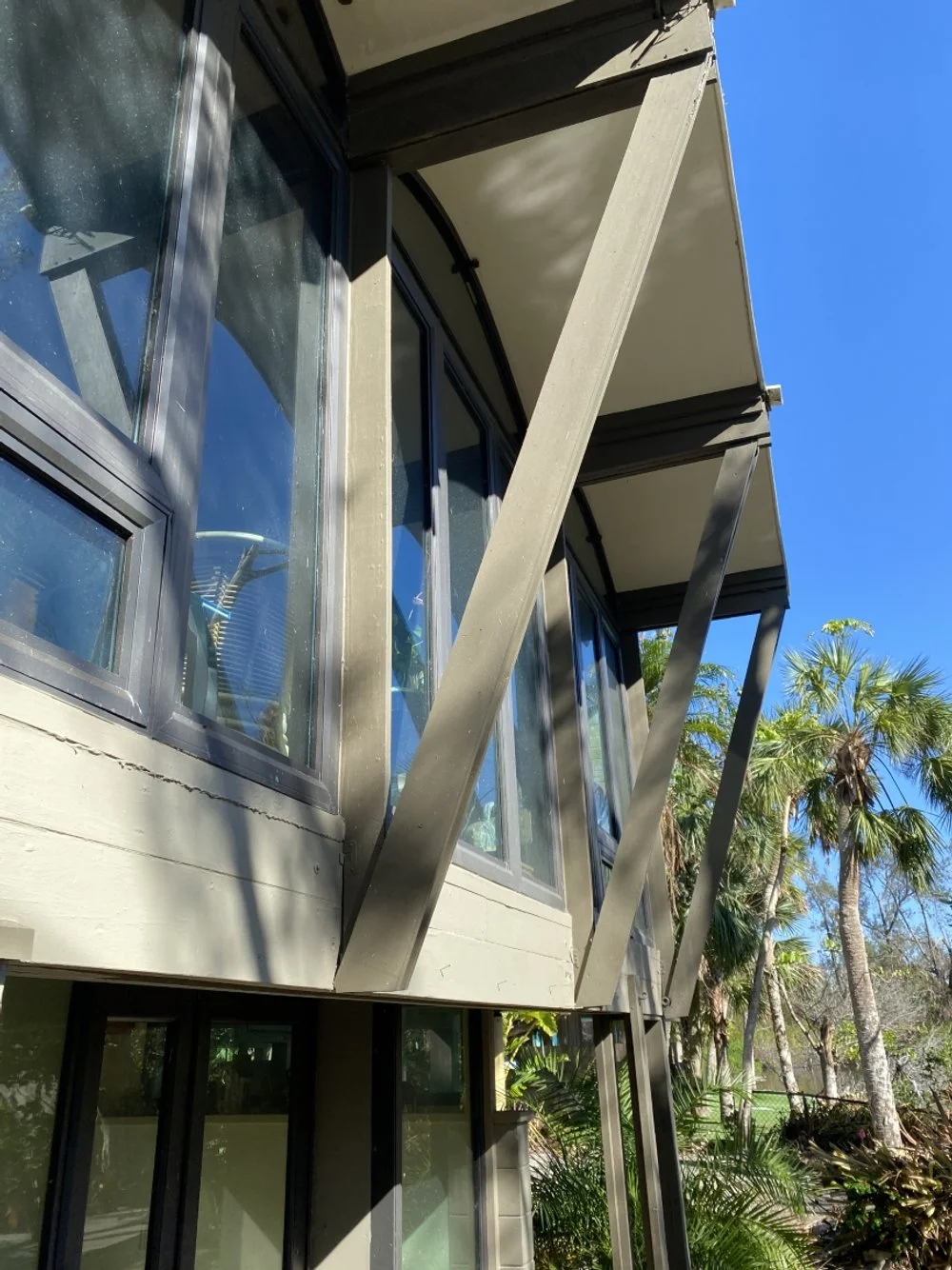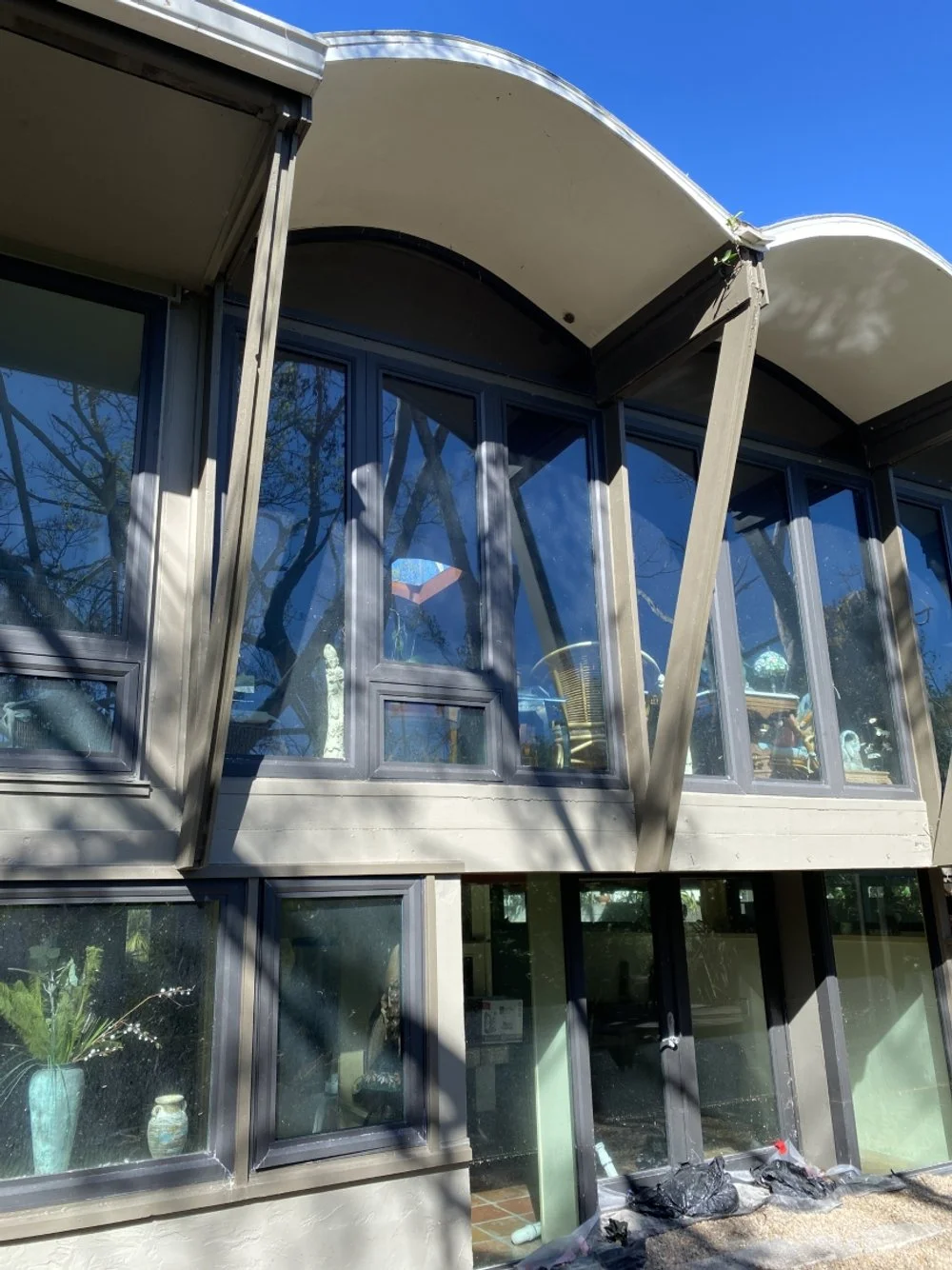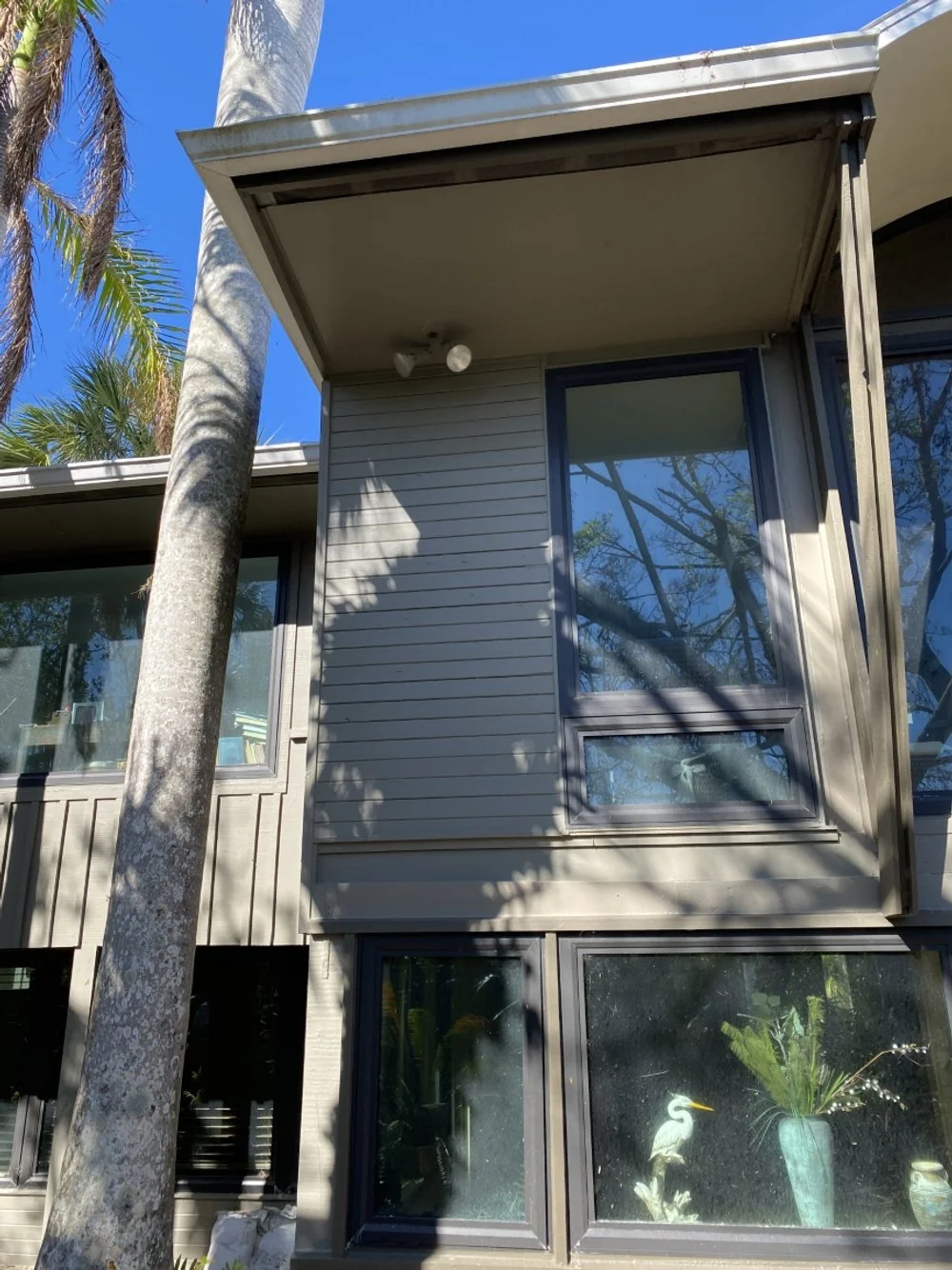Welcome to the Archives of The Paul Rudolph Institute for Modern Architecture. The purpose of this online collection is to function as a tool for scholars, students, architects, preservationists, journalists and other interested parties. The archive consists of photographs, slides, articles and publications from Rudolph’s lifetime; physical drawings and models; personal photos and memorabilia; and contemporary photographs and articles.
Some of the materials are in the public domain, some are offered under Creative Commons, and some are owned by others, including the Paul Rudolph Estate. Please speak with a representative of The Paul Rudolph Institute for Modern Architecture before using any drawings or photos in the Archives. In all cases, the researcher shall determine how to appropriately publish or otherwise distribute the materials found in this collection, while maintaining appropriate protection of the applicable intellectual property rights.
In his will, Paul Rudolph gave his Architectural Archives (including drawings, plans, renderings, blueprints, models and other materials prepared in connection with his professional practice of architecture) to the Library of Congress Trust Fund following his death in 1997. A Stipulation of Settlement, signed on June 6, 2001 between the Paul Rudolph Estate and the Library of Congress Trust Fund, resulted in the transfer of those items to the Library of Congress among the Architectural Archives, that the Library of Congress determined suitable for its collections. The intellectual property rights of items transferred to the Library of Congress are in the public domain. The usage of the Paul M. Rudolph Archive at the Library of Congress and any intellectual property rights are governed by the Library of Congress Rights and Permissions.
However, the Library of Congress has not received the entirety of the Paul Rudolph architectural works, and therefore ownership and intellectual property rights of any materials that were not selected by the Library of Congress may not be in the public domain and may belong to the Paul Rudolph Estate.
LOCATION
Address: 160 Sandy Hook Rd North
City: Siesta Key
State: Florida
Zip Code: 34242
Nation: United States
STATUS
Type: Residential
Status: Built
TECHNICAL DATA
Date(s): 1952-1953
Site Area: 26,672 ft² (2,477.91 m²)
Floor Area: 2 bed, 3 bath, 2,114 ft² (196.39 m²)
Height:
Floors (Above Ground): 2
Building Cost:
PROFESSIONAL TEAM
Client: Inghram Dickson Hook and Mary Rockwell Hook
Architect: Paul Rudolph; Walter Maycomber (1979)
Rudolph Staff: Gene Leedy
Associate Architect:
Landscape:
Structural:
MEP:
QS/PM:
SUPPLIERS
Contractor:
Subcontractor(s):
Hook Guest House
The project is to design a house for Inghram D. Hook (1883-1973) and Mary R. Hook (1877-1978). Mary Hook is an architect from Missouri and Inghram Hook is an attorney.
After purchasing 55 acres (220,000 m2) of Gulf-front property on Siesta Key, Florida in 1935, Mary Hook develops part of the area with her designs. She creates a subdivision called Sandy Hook which is intended to be an artist’s colony for architects. Mary Hook commissions Rudolph to design the house, among several projects
Although he originally considers to use cocoon for the roof (as he did on the 1950 Healy Guest House), Rudolph chooses to use plywood after cocoon is found to be too expensive and complicated to work with. Rudolph claims this is the first domestic use of a plywood vault.
The house is featured in Arts+Architecture in June 1959.
In 1979 an addition is added by Walter Maycomber.
On March 01, 1984 the home is sold to Robert F. Brown and Dorothea Brown for $200,000 USD.
In 2020 both A.C. units for the residence are changed replaced by Brown Heating & Cooling, Inc.
“The first use, as far as I know, of bent plywood to span architectural space. The engineering involved was accomplished by trial and error, utilizing a few small boys jumping on various thicknesses of bent plywood in my backyard. The structure could be kept light by utilizing temporary cross tension members to get it through the hurricane season.”
DRAWINGS - Design Drawings / Renderings
DRAWINGS - Construction Drawings
DRAWINGS - Shop Drawings
PHOTOS - Project Model
PHOTOS - During Construction
PHOTOS - Completed Project
PHOTOS - Current Conditions
LINKS FOR MORE INFORMATION
Mary Rockwell Hook on Wikipedia
RELATED DOWNLOADS
PROJECT BIBLIOGRAPHY
Christopher Domin and Joe King. Paul Rudolph: The Florida Houses. Princeton Architectural Press, 2002.
“Chronological List of Works by Paul Rudolph, 1946-1974.” Architecture and Urbanism, no. 49, Jan. 1975.
“Good Design Knows No Date.” House and Garden, no. 102, Oct. 1952.
“Hook Guest Cottage.” Architecture and Urbanism, no. 80, July 1977.
“Maisons Au Bord De L’eau.” Architecture D’Aujourd’hui, no. 24, Oct. 1953.
Paul Rudolph and Sybil Moholy-Nagy. The Architecture of Paul Rudolph. Praeger, 1970.
“Rudolph and the Roof.” House and Home, no. 3, 3, June 1953.
Shinji Koike. World’s Contemporary Houses. Shokokusha, 1974.




























